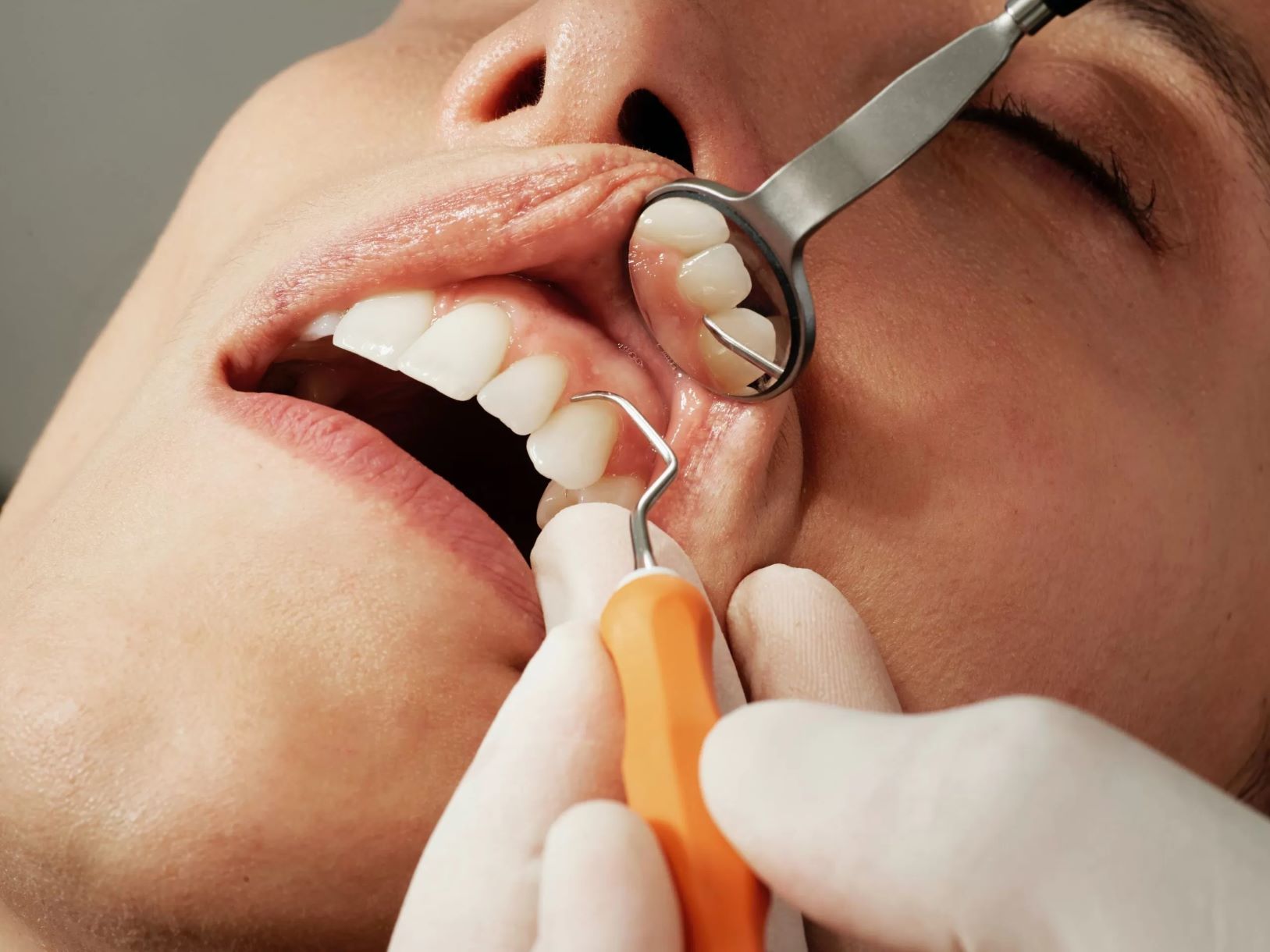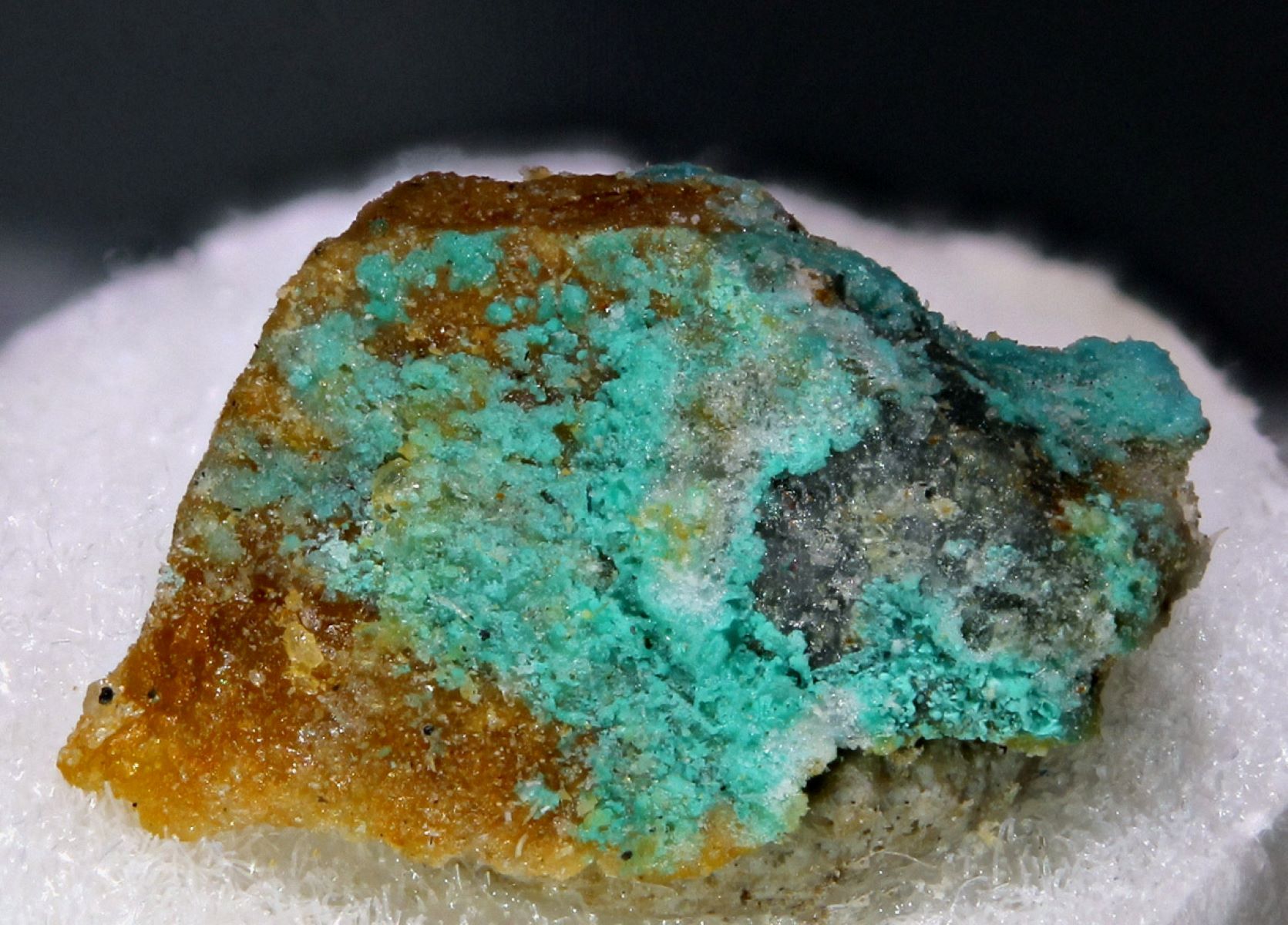
What is Cerebral Calcifications Opalescent Teeth Phosphaturia? This rare condition involves abnormal calcium deposits in the brain, milky-looking teeth, and excessive phosphate in the urine. Imagine dealing with seizures, movement issues, and psychiatric problems, all while managing dental challenges. Symptoms often start in mid-adulthood, affecting daily life and mental health. Genetic factors play a role, with some cases inherited in an autosomal dominant pattern. Diagnosis usually requires brain imaging and dental exams. While no specific treatment exists, managing symptoms through medication and lifestyle changes can help. Understanding this condition is crucial for improving the lives of those affected.
Key Takeaways:
- Cerebral calcifications opalescent teeth phosphaturia is a rare condition with calcium deposits in the brain, milky teeth, and excessive phosphate in urine. It affects movement, dental health, and mental well-being.
- Genetic factors play a crucial role in this condition, impacting its inheritance and management. Ongoing research and awareness are essential for better understanding and developing effective strategies.
What is Cerebral Calcifications Opalescent Teeth Phosphaturia?
Cerebral calcifications opalescent teeth phosphaturia is a rare condition with a unique set of symptoms. It involves calcium deposits in the brain, milky-looking teeth, and excessive phosphate in the urine. Let's dive into some key facts about this condition.
-
Definition: This disorder involves abnormal calcium deposits in the brain, opalescent (milky) teeth, and excessive phosphate excretion in the urine.
-
Prevalence: The exact prevalence isn't well-documented, but it's considered very rare. Its rarity makes it hard to gather comprehensive data.
Symptoms and Manifestations
Understanding the symptoms can help in early detection and management. This condition presents a variety of symptoms affecting different parts of the body.
-
Symptoms: Patients may experience neurological issues like seizures, movement disorders, and psychiatric problems. Dental health is also affected, leading to opalescent teeth.
-
Neurological Symptoms: These often begin in mid-adulthood and can worsen over time. Common issues include parkinsonism, dystonia, choreoathetosis, and gait disturbances.
-
Psychiatric Symptoms: Affecting about 20 to 30 percent of individuals, these issues can include difficulty concentrating, memory loss, personality changes, and episodes of psychosis.
-
Dental Symptoms: Characterized by opalescent teeth, which are milky in appearance due to abnormal mineralization. This can lead to tooth loss and oral function difficulties.
-
Phosphaturia: Excessive excretion of phosphate in the urine is a hallmark. This can lead to various metabolic imbalances and other systemic problems.
Brain and Movement Disorders
The brain is significantly affected by this condition, leading to various movement disorders.
-
Calcification in the Brain: The primary feature is calcium deposition in the brain, typically visible on medical imaging and often occurring in the basal ganglia.
-
Basal Ganglia Involvement: These structures help start and control body movement. Abnormal calcium deposits here can disrupt normal brain function and lead to movement disorders.
-
Movement Disorders: Conditions like parkinsonism, dystonia, and choreoathetosis are common. These can significantly impact daily functioning and quality of life.
Psychiatric and Dental Health Issues
The condition also brings psychiatric and dental challenges, which can be just as debilitating as the neurological symptoms.
-
Psychiatric Problems: Issues such as difficulty concentrating, memory loss, and personality changes are prevalent. Some may experience severe episodes of psychosis.
-
Dental Health Issues: Opalescent teeth can lead to dental health problems like tooth loss and oral function difficulties. Regular dental care is essential.
Genetic Factors and Inheritance
Genetics play a crucial role in this condition, and understanding them can help in managing and predicting the disorder.
-
Genetic Factors: While the exact mechanisms aren't fully understood, some cases may be inherited. The condition can be inherited in an autosomal dominant pattern.
-
Autosomal Dominant Inheritance: In most cases, primary familial brain calcification (a related condition) is inherited this way. If one parent has the condition, there's a 50% chance each child will inherit it.
-
Autosomal Recessive Inheritance: Less commonly, the condition may be inherited in an autosomal recessive pattern, requiring both gene copies to have mutations for the condition to manifest.
Diagnosis and Treatment
Diagnosing and managing this condition involves a combination of medical imaging, dental exams, and symptom management.
-
Diagnosis: Typically involves medical imaging tests like CT or MRI scans to visualize calcium deposits in the brain. Dental exams can confirm opalescent teeth.
-
Treatment: No specific treatment exists. Management focuses on alleviating symptoms through medication and lifestyle adjustments. Antipsychotic medications and physical therapy can help.
Prognosis and Research
The prognosis varies widely, and ongoing research is crucial for better understanding and managing this condition.
-
Prognosis: Varies among individuals. Some may experience mild symptoms and lead relatively normal lives, while others may have severe symptoms impacting their quality of life.
-
Research and Awareness: Due to its rarity, research is limited. Increased awareness and further research are needed to better understand the condition and develop effective management strategies.
Associated Conditions
This condition often coexists with other systemic abnormalities, sharing similar genetic and metabolic pathways.
-
Association with Other Conditions: Often associated with hypophosphatemic rickets and generalized arterial calcification of infancy (GACI).
-
Hypophosphatemic Rickets: Characterized by low phosphate levels in the blood, leading to rickets and other bone abnormalities. It often shares similar genetic mutations.
-
Generalized Arterial Calcification of Infancy (GACI): Characterized by early-onset vascular calcification, leading to severe cardiovascular complications. Some patients with GACI may also develop hypophosphatemic rickets and cerebral calcifications.
Genetic Mutations and Dental Management
Understanding the genetic mutations and managing dental health are crucial aspects of dealing with this condition.
-
Genetic Mutations: Not fully understood, but research suggests mutations in genes involved in calcium and phosphate metabolism may play a role.
-
Dental Management: Regular dental care is crucial. This includes check-ups, cleanings, and potentially dental restorations to improve oral function.
Nutritional and Psychological Support
Managing this condition also involves addressing nutritional needs and providing psychological support.
-
Nutritional Considerations: Special dietary considerations may be necessary to manage metabolic imbalances. Avoiding high-phosphate foods and ensuring adequate calcium intake may be required.
-
Psychological Support: The condition can have significant psychological impacts, including anxiety, depression, and social isolation. Psychological support from healthcare providers and support groups can be invaluable.
Surgical Interventions and Clinical Trials
In some cases, surgical interventions may be necessary, and ongoing research could provide new insights.
-
Surgical Interventions: Sometimes necessary to manage complications. For example, intracranial pressure monitoring may be required to manage elevated intracranial pressure associated with cerebral calcifications.
-
Clinical Trials: No specific trials focus on this condition. However, ongoing research into related conditions like primary familial brain calcification and hypophosphatemic rickets may provide insights into potential treatments.
Future Research Directions
Future research should focus on identifying genetic mutations and developing targeted treatments.
-
Future Research Directions: Identifying the genetic mutations underlying this condition and developing targeted treatments is crucial. Improving awareness and diagnosis through better diagnostic tools and clinical guidelines is essential.
-
Awareness and Diagnosis: Increased awareness and better diagnostic tools are necessary to address the challenges posed by this condition.
Final Thoughts on Cerebral Calcifications Opalescent Teeth Phosphaturia
Cerebral calcifications opalescent teeth phosphaturia is a rare and complex condition that affects various systems in the body. From neurological symptoms like seizures and movement disorders to dental issues with opalescent teeth, this disorder presents numerous challenges. Excessive phosphate excretion in the urine adds another layer of complexity. Diagnosis often involves imaging tests and dental exams, while treatment focuses on managing symptoms through medication and lifestyle changes. Genetic factors play a significant role, and the condition can be inherited in different patterns. Regular dental care, psychological support, and nutritional considerations are crucial for managing the condition. Increased awareness and research are essential for better understanding and treatment. Though rare, this condition requires a multidisciplinary approach to improve the quality of life for those affected.
Frequently Asked Questions
Was this page helpful?
Our commitment to delivering trustworthy and engaging content is at the heart of what we do. Each fact on our site is contributed by real users like you, bringing a wealth of diverse insights and information. To ensure the highest standards of accuracy and reliability, our dedicated editors meticulously review each submission. This process guarantees that the facts we share are not only fascinating but also credible. Trust in our commitment to quality and authenticity as you explore and learn with us.


